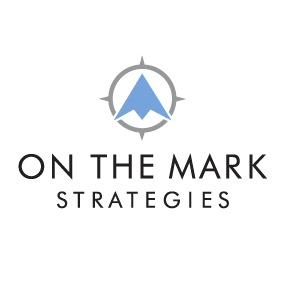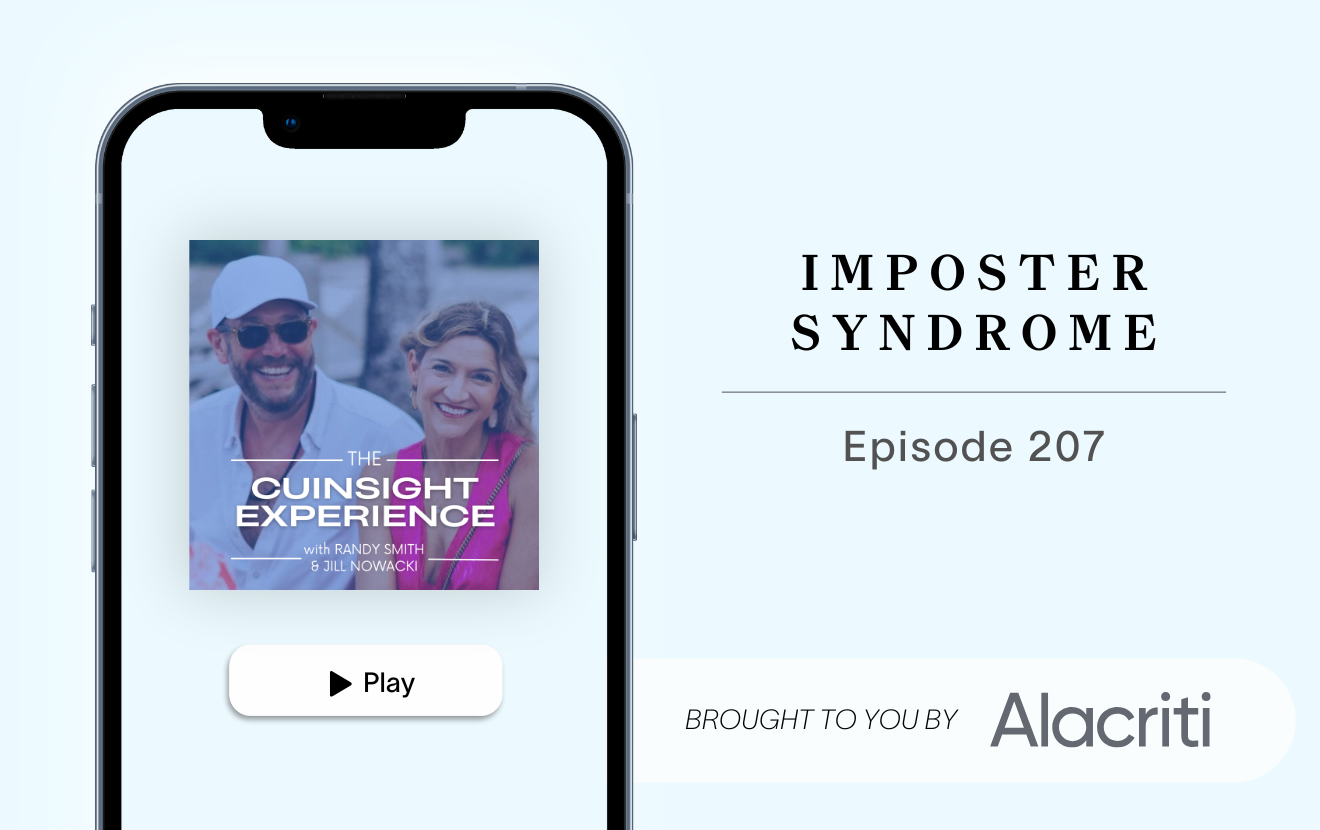We’ve all been there. Someone on the team is not playing ball. Their behavior is counter to everything we need and expect from each team member. Their measurables and goals may be impacted, but not always.
Very often, someone that demonstrates behavior(s) at odds with team expectations can be a high performer regarding objective, measurable goals, numbers and metrics. But the team’s cohesiveness, effectiveness, ability to focus and results achievement is almost always impacted.
So, what do you do?
We HATE to deal with this “issue,” don’t we? The truth is that most of us have a natural repulsion to having those difficult conversations about someone else’s behavior because it seems somewhat subjective, it involves someone’s feelings, you will likely face their defensiveness and it just feels really uncomfortable. That’s completely natural. Sometimes, we even resent the person for putting us in the awkward position to have to deal with them and “their issue.” Nevertheless, we must fix it.
Behavioral issues almost always lead to performance issues—for the individual, the team, or both.
As author and organizational health expert Patrick Lencioni says, often firing someone is the last act of cowardice. What he means is, we are quick to say we hold people accountable because we are willing to fire people for performance issues. But if leaders aren’t willing, or don’t know how, to hold people accountable for simple behavioral issues … well, that’s where the cowardice can come in.
When we don’t face these difficult conversations because we don’t want to feel awkward or make someone else feel bad, that has nothing to do with them and everything to do with us. By definition, the decision to not have the conversation is selfish.
Play this scenario out. We don’t have the conversation. Their behavior continues. It worsens. The team cohesion breaks. Non-verbal communication in meetings is palpable. Watercooler talk increases. Drama and interoffice politics creep in. Performance begins to decline. As a result, his/her employee evaluation scores are negatively impacted, performance improvement plans are constructed, and termination is but a few steps away. And this is all because we couldn’t have a candid conversation about behavior. Now, which is worse? That 10-minute awkward conversation, or this nose-dive scenario?
There is nothing noble about withholding information that can help someone improve.
Knowing this doesn’t make those difficult conversations easier, per se, but it should help you frame the context of why you must get beyond your own issues and do what’s best for the team. Always keep in mind that great line: Nothing will kill a great employee faster than watching you tolerate a bad one.
As uncomfortable as accountability is, you must do it because it will help your team and your credit union avoid costly and difficult situations later.
Final thought: accountability only works if there is clarity and alignment across the organization—starting with a cohesive leadership team. Are you and your team clear and aligned on every important pillar of your organization? If not, we can help.








